A
Auto Express
Guest
Volvo is expanding its On Call smartphone app service to give owners of plug-in hybrid models more information on their driving patterns and energy use.
The Swedish brand’s connected app will now allow drivers to see how much of their journey is being completed on electricity alone - a key factor in plug-in hybrid use, since it has the potential to slash fuel bills. On Call will also show the amount of CO2 saved, as well as projected cost savings over miles completed with a combustion engine.
Volvo says the features have been added due to feedback from owners of the firm’s expanding range of plug-in hybrids; every model in the company’s range is now available as a PHEV. It hopes the additional information will help owners to enjoy getting better efficiency out of their vehicles.
Bjorn Annwall, Volvo’s European boss, said, “Just like a step counter helps people to exercise more, I believe that giving people better insight into their driving patterns will help them to drive in a more sustainable way. We see plug-in hybrids as ‘part-time electric cars’ that encourage changes in people’s behaviour and help pave the way for a transition towards fully electric cars.”
The updates are being made available across 47 countries, including the United Kingdom, and they will be rolled out through the usual Google and Apple app stores.
Volvo On Call was initially launched in 2001 as a remote safety feature for Volvo car owners, the first of its kind. It provided safety, security and tracking services in case of an accident, breakdown or theft by making use of a car-installed SIM card. The app still handles these functions but has been improved over time to handle a whole range of other functions such as remote locking, pre-heating, charging information and car status indicators.
Now check-out our pick of the best retro cars in the gallery below...
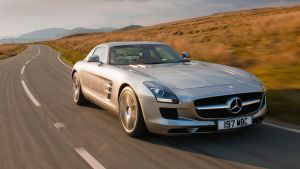
Mercedes’ modern recreation of its classic 300SL Gullwing from the 1950s, the SLS AMG mixed old-school muscle with advanced tech and cool retro lines.
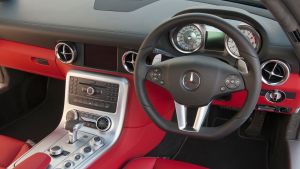
image

The current car has moved further away from the ethos of the original but the Mini DNA is still plain to see.

The retro lines now make it one of the most fashionable luxury 4x4s on the market.

image
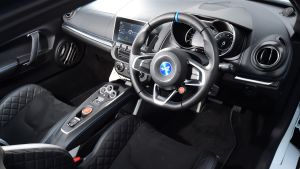
The retro shapes with modern lightweight technology have made it a highly capable and desirable sports car.
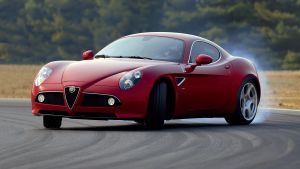
The beautiful arching lines of the Alfa Romeo 8C Competizione hark back to the brand’s golden age and made it the antithesis of contemporary supercars, with their aggressively aerodynamic bodies, when it launched in 2007.
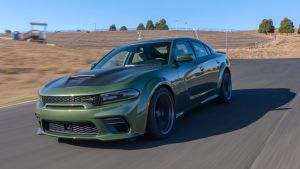
The Dodge Charger arrived in 1966 and while the seventh generation car launched in 2011 has less of an obvious retro design link to the early models than the Camaro or Mustang, it certainly carries their muscle car ethos - particularly in SRT-8 form.

The 7 isn’t so much retro as old. It’s been in production in one form or another since 1957 and retains a hyper-loyal following today partly because of its old-school charm. The basic, lightweight formula makes the Caterham Seven supremely capable too.
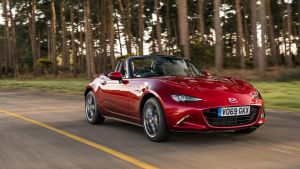
The concept behind the Mazda MX-5 Roadster is very much derived from the classic British sports cars of the 50’s and 60’s. It used to share design influences with them too but the latest models have ditched the retro for a more modern look.
Continue reading...
The Swedish brand’s connected app will now allow drivers to see how much of their journey is being completed on electricity alone - a key factor in plug-in hybrid use, since it has the potential to slash fuel bills. On Call will also show the amount of CO2 saved, as well as projected cost savings over miles completed with a combustion engine.
Volvo says the features have been added due to feedback from owners of the firm’s expanding range of plug-in hybrids; every model in the company’s range is now available as a PHEV. It hopes the additional information will help owners to enjoy getting better efficiency out of their vehicles.
Bjorn Annwall, Volvo’s European boss, said, “Just like a step counter helps people to exercise more, I believe that giving people better insight into their driving patterns will help them to drive in a more sustainable way. We see plug-in hybrids as ‘part-time electric cars’ that encourage changes in people’s behaviour and help pave the way for a transition towards fully electric cars.”
The updates are being made available across 47 countries, including the United Kingdom, and they will be rolled out through the usual Google and Apple app stores.
Volvo On Call was initially launched in 2001 as a remote safety feature for Volvo car owners, the first of its kind. It provided safety, security and tracking services in case of an accident, breakdown or theft by making use of a car-installed SIM card. The app still handles these functions but has been improved over time to handle a whole range of other functions such as remote locking, pre-heating, charging information and car status indicators.
Now check-out our pick of the best retro cars in the gallery below...

Mercedes’ modern recreation of its classic 300SL Gullwing from the 1950s, the SLS AMG mixed old-school muscle with advanced tech and cool retro lines.

image

The current car has moved further away from the ethos of the original but the Mini DNA is still plain to see.

The retro lines now make it one of the most fashionable luxury 4x4s on the market.

image

The retro shapes with modern lightweight technology have made it a highly capable and desirable sports car.

The beautiful arching lines of the Alfa Romeo 8C Competizione hark back to the brand’s golden age and made it the antithesis of contemporary supercars, with their aggressively aerodynamic bodies, when it launched in 2007.

The Dodge Charger arrived in 1966 and while the seventh generation car launched in 2011 has less of an obvious retro design link to the early models than the Camaro or Mustang, it certainly carries their muscle car ethos - particularly in SRT-8 form.

The 7 isn’t so much retro as old. It’s been in production in one form or another since 1957 and retains a hyper-loyal following today partly because of its old-school charm. The basic, lightweight formula makes the Caterham Seven supremely capable too.

The concept behind the Mazda MX-5 Roadster is very much derived from the classic British sports cars of the 50’s and 60’s. It used to share design influences with them too but the latest models have ditched the retro for a more modern look.
Continue reading...
